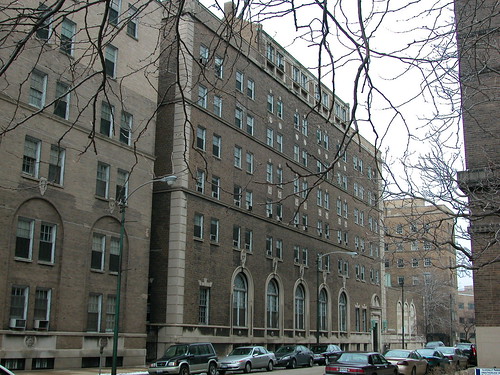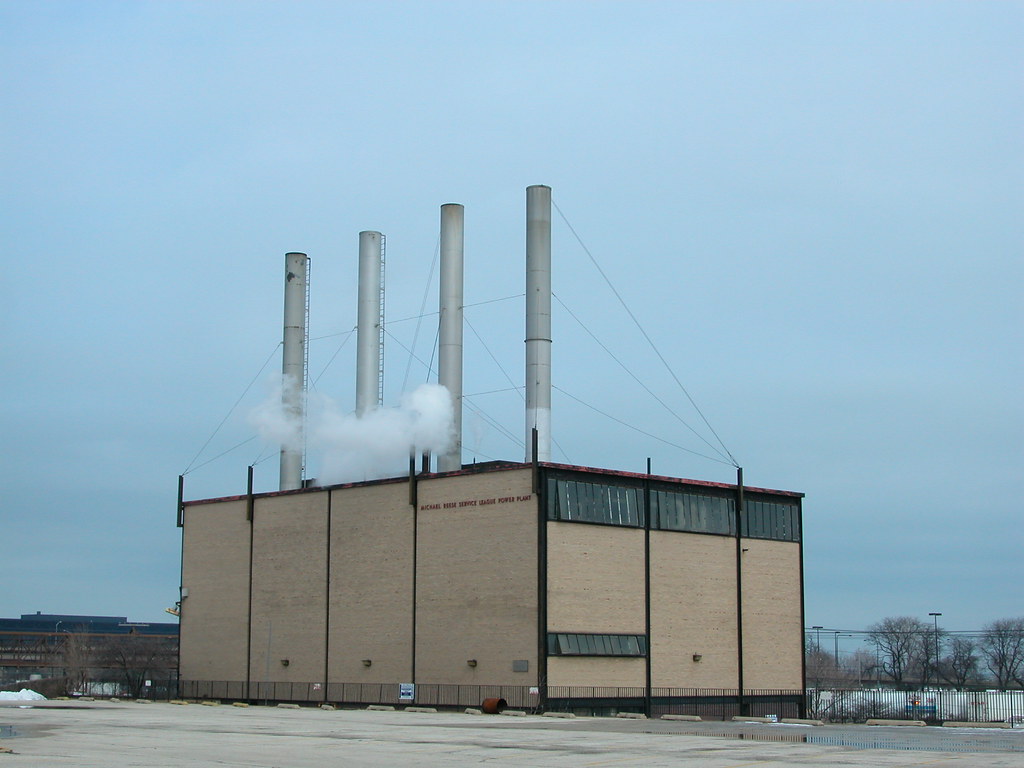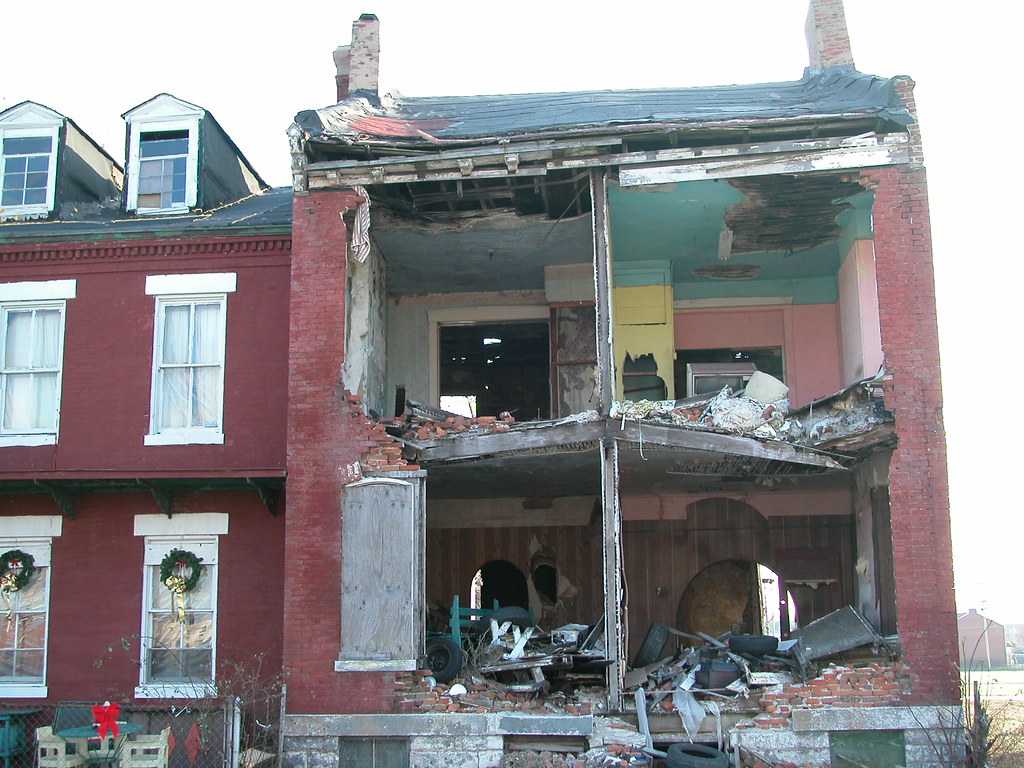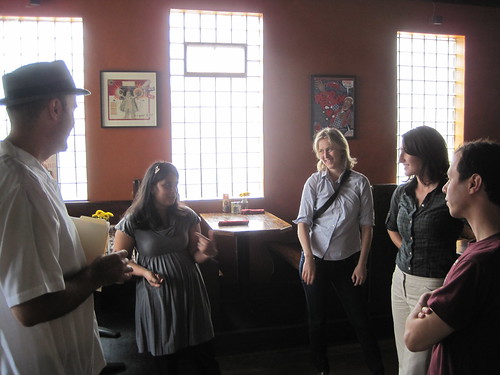by Michael R. Allen
Readers know the story: Modern buildings targeted for demolition by powerful interests. Preservationists work to publicize the beauty and reuse potential of modern buildings. Apologists for power claim that modern buildings’ architectural significance is unclear. Back, forth. A few concessions on “major” buildings. Every major preservation voice and even the major newspaper calls for preservation. Then demolition of the “unimportant” buildings begins.
This story is not happening in St. Louis, but in Chicago. The modern buildings are those that comprise the postwar campus of Michael Reese Hospital on the city’s south side. The planner who designed the campus and collaborated on designing eight of the campus buildings is Walter Gropius. (The close proximity of a Gropius-planned campus to a Mies van Der Rohe-planned campus, that of the Illinois Institute of Technology, is unique in North America.) Strange that there would be any confusion over the work of an internationally-renowned modern designer, but in Chicago under the administration of Mayor Richard Daley, such obvious contribution to the worldwide evolution of architecture is no brake on the acts of power. Demolition started yesterday.
Apparently, common sense is also being wrecked, because the original reason for the City of Chicago’s acquisition of the Michael Reese campus was to prepare a residential village for the 2016 Olympic Games. After that bid failed — and many residents of the south side breathed a sigh of relief — the city ramped up the push for demolition with no real development plan. There is vague talk of “mixed use” development, but nothing that compels demolition now other than the absurd conviction that sticking to a senseless plan is righteous. Only two concessions for “major” buildings have been made — one early and one, for Gropius’ Singe Pavilion, last week. Context eludes the ham fists at Chicago City Hall, however.
Landmarks Illinois even offered a preservation compromise that would have targeted some buildings for preservation and allowed others to be wrecked. Daley’s administration had no interest. Never mind that there is a pending National Register of Historic Places nomination for the campus prepared by Grahm Balkany and the Gropius in Chicago Coalition, which will be considered by Illinois state government on December 10. Since no state and federal funds are being used to directly pay the wreckers, there will be no government review of demolition any way.
Showing a better form of conviction than the city of Chicago, the Gropius in Chicago Coalition trudges onward. Although the landscape by Sasaky DeMay and Associates is ruined, and one of the eight Gropius buildings is now lost, there is still something to be spared.
In a move unsurprising to preservationists, the City of Chicago early on decided to spare the main hospital building from 1907 by Schmidt, Garden & Martin from demolition. Widely hailed as a landmark in Chicago’s beloved Prairie School style, the main building would have engendered a preservation war.
 However, some perfectly sound pre-Gropius buildings are also threatened, including the one pictured here:
However, some perfectly sound pre-Gropius buildings are also threatened, including the one pictured here:
 While organized primarily to protect Gropius’ legacy, the Coalition has fought to preserve these buildings too. In fact, I expect Grahm to work until every last part of the complex is torn down. To date, his work has resulted in the sounding of every major Chicago voice on architecture, from the Tribune editorial board to the National Trust for Historic Preservation’s Midwest Office, in support of preservation. Just this week a letter with impressive signatories went out.
While organized primarily to protect Gropius’ legacy, the Coalition has fought to preserve these buildings too. In fact, I expect Grahm to work until every last part of the complex is torn down. To date, his work has resulted in the sounding of every major Chicago voice on architecture, from the Tribune editorial board to the National Trust for Historic Preservation’s Midwest Office, in support of preservation. Just this week a letter with impressive signatories went out.
It’s not too late to make a difference. Contact information for Mayor Daley and key city officials is posted here. Raise your voice for internationally significant modern architecture.




